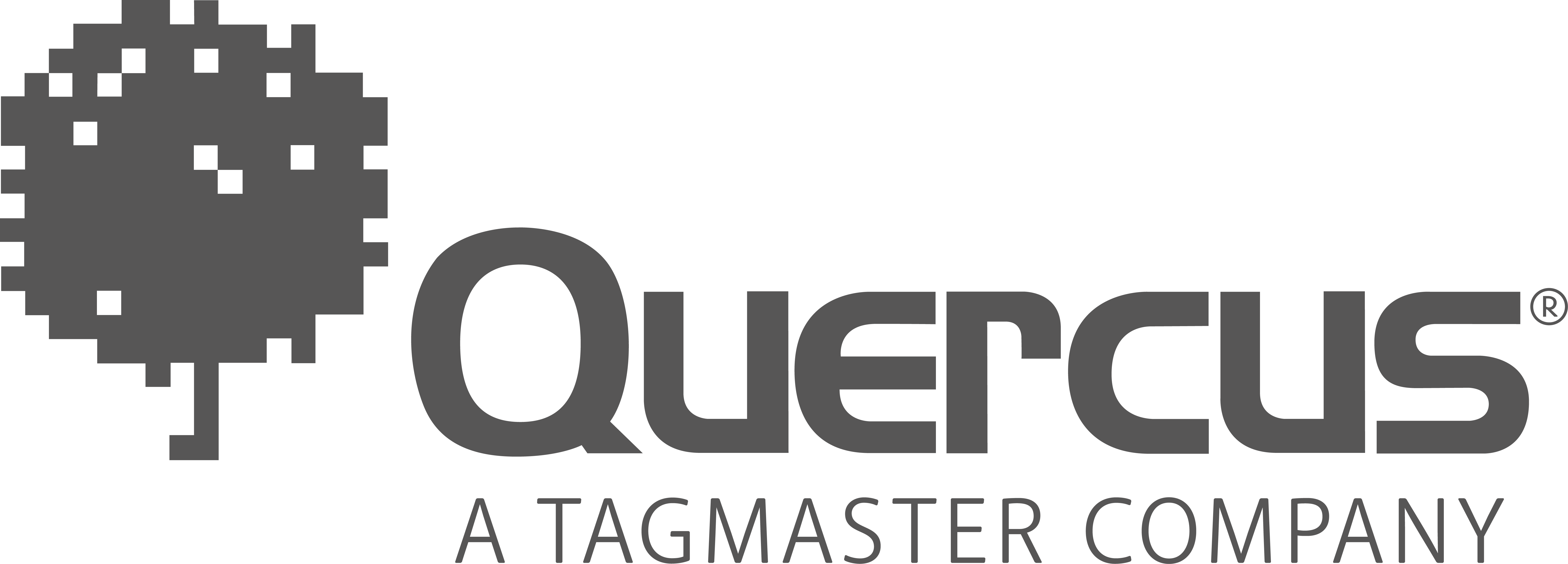Dynamic pricing and parking guidance solutions
Dynamic pricing means adjusting prices depending on needs and requirements, at a specific time and place. In recent years, dynamic pricing has become a more prominent trend for global parking solutions. Mobility has risen, as has the need to park in areas with high vehicle rotation.
Being able to park in high-traffic areas without worrying about paying too much due to irregular rates is a clear, current need. All of this has led a growing number of parking operators to implement dynamic pricing systems that work based on different variables.
Obviously, dynamic pricing systems have the best performance when they set prices that users are willing to pay. Studies show that the optimal price of any given space is that which keeps “occupancy levels above 85%.”* Preferred spaces, those chosen most commonly based on customers’ historic usage and behavior may have this status because they are strategically located near an elevator, or because of their size. Parking spaces that are easy to get in and out of, with low risk of incident tend to be the most sought-after.
This can also be thanks to the lighting of the parking facility in that specific area, and countless other factors that require strategic parking solutions. The users of your facility will show you which spaces are most preferred - they will be the ones with the highest occupancy rates over time.
Among other things, dynamic pricing lets you set strategic prices for special occasions: for example, if a sports event is to be held somewhere near the parking facility, prices can be adjusted accordingly. That way, event ticket sales can be synchronized with parking stays for a given time, or season tickets or passes for attendees coupled with discount rates for nearby parking facilities.
On another note, operators must be parking experts and have in-depth knowledge of their parking facilities to determine which spaces are the most convenient and sought-after by certain parking facility user profiles. This information can only be compiled by a smart parking facility that holds data generated over time.
These data are generated by analyzing driver behavior using a log provided by a number of elements that make up the parking system solution: LPR cameras at entrances and exits, vehicle detection sensors that make up a parking guidance system and video surveillance of every parking space, reports that make it possible to know which spaces are most used, and how frequently.
In step with the current ticketless trends, license plate recognition at entry and exit points has proven useful to establish specific pricing levels, which can be based on repetition, subscriptions or on-line reservations. Automation based on license plate recognition at exit and entry points now seems essential at the majority of facilities where people park.
* Qian and Rajagopal (2014) : “Optimal dynamic parking pricing for morning commute considering expected cruising time"
ARTICLES THAT MAY INTEREST YOU...

Contact us
If you are looking for answers, want more information, want to solve a problem or simply want to tell us how we did, please contact us.
We're happy to help you!



